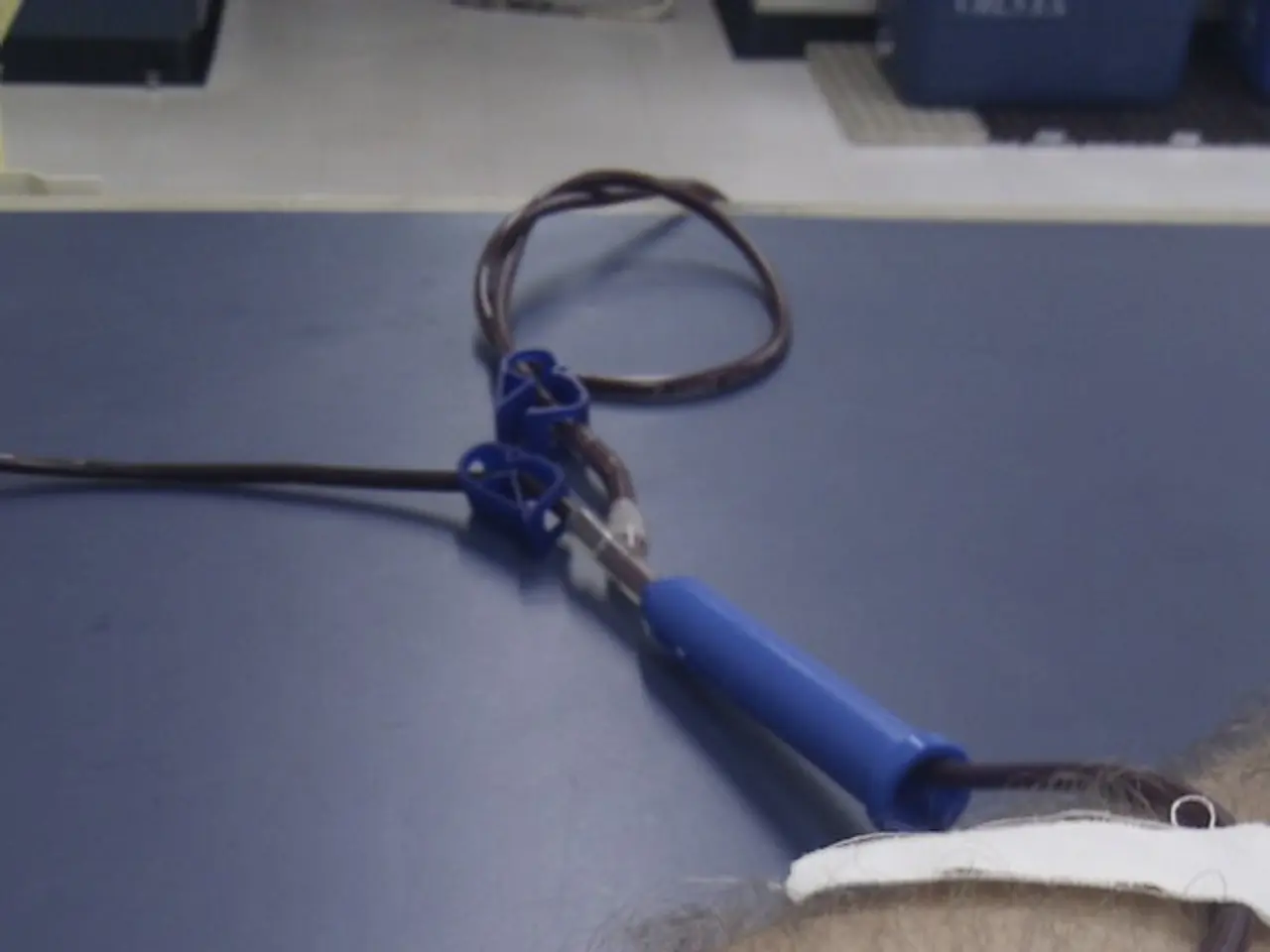Dupuytren's Contracture: Causes, Symptoms, and Treatments
Dupuytren's contracture, a progressive hand condition, is causing concern among sufferers. The condition starts with a thickened area on the palm, eventually leading to fingers curling into the palm, making daily tasks challenging.
Dupuytren's contracture begins with a lump on the palm, followed by the formation of nodules or knots under the skin of phalanges and palms. Over time, these knots develop into thick cords, pulling index finger and other fingers into the palm. The ring and little fingers are most commonly affected, but any finger can be involved.
At-home treatments can help manage symptoms, including stretching, massage, heat, protecting hands, and avoiding tight gripping. However, for long-term effective results, medical interventions are necessary. These include surgery to remove thickened tissue, needle aponeurotomy (NA), radial extracorporeal shockwave therapy (ESWT), or collagenase injections, depending on the stage of the condition. Hand splints and exercises can slow progression, but surgery and collagenase injections are most consistently effective for advanced cases.
Dupuytren's contracture can be treated and managed over time. Options range from at-home treatments to medical interventions like needling, enzyme injections, surgery, and more. Early intervention and regular management can help prevent severe curling of the fingers and maintain hand function.
Read also:
- Trump's SNAP reductions and New York City Council's grocery delivery legislation: Problems for city residents highlighted
- Reducing dental expenses for elderlies in Sweden: Over 50% cut in charges for pensioners by the government
- Forty-year-old diet: A list of meal choices to savor
- Exiled Life's Conundrum: A Blend of Liberation, Disillusionment, and Distress






